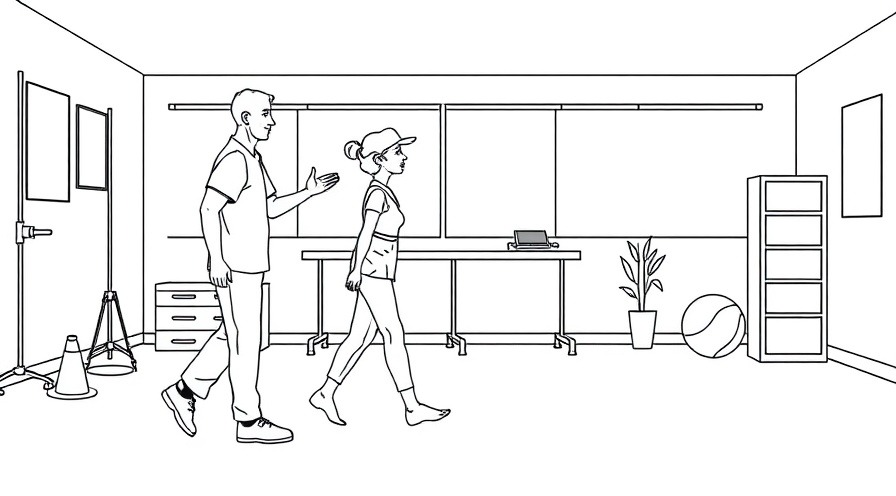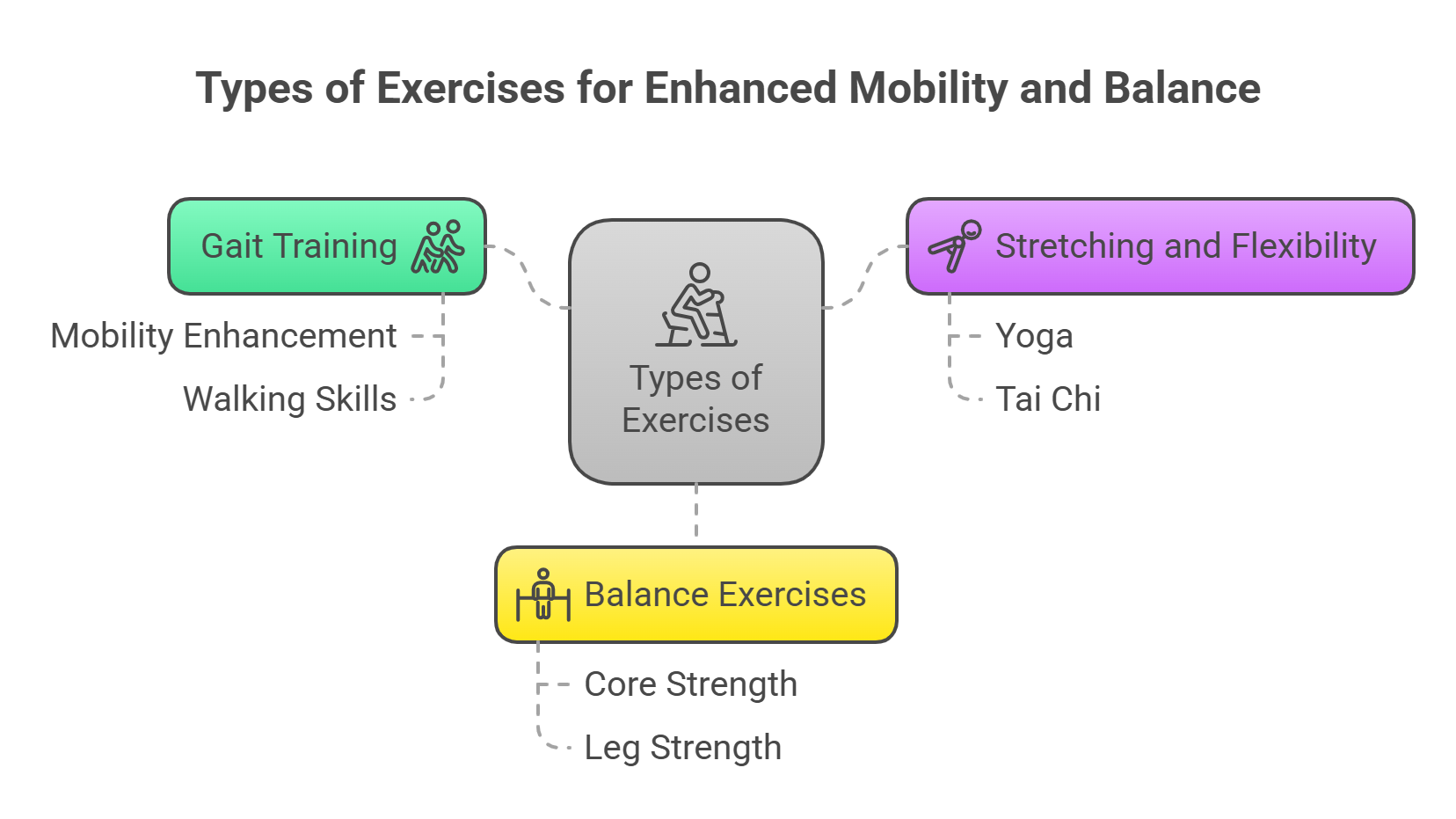
Why Exercise is Vital for Stroke Recovery
Engaging in regular physical activity is crucial for anyone recovering from a stroke. The path to recovery is often arduous, but one of the best ways to enhance your healing and regain your strength is through exercise. Not only does it aid in mobility, but it also contributes to improved overall function and mental clarity. However, it's essential to approach exercise carefully and in consultation with medical professionals.
In 'Exercise After Stroke', we delve into the crucial role of physical activity in recovery, revealing insights that deserve further exploration.
Getting Started: Safety Comes First
Determining when it’s safe to begin exercising can be a challenge, especially after experiencing a stroke. Before starting any workout program, a thorough evaluation by your health care team is critical. This evaluation should assess preexisting health conditions, current physical limitations, and individual goals for recovery. Including family members or caregivers in this conversation not only helps in planning but also supports a safe and effective exercise environment.
The Power of Tailored Exercise Programs
Each individual’s recovery journey is different. If given the green light to exercise independently, your healthcare provider may recommend activities based on your preferences and capabilities. For those with limitations, a personalized supervised program – potentially with a physical therapist – may be the best option. This can include working on equipment like treadmills or stationary bikes where support is available.
Types of Exercises to Consider
There are numerous forms of exercises to incorporate into your routine. Gait training exercises can enhance mobility, which is especially beneficial if you're not yet walking without assistance. Stretching and flexibility exercises, such as yoga and tai chi, can aid in muscle tension relief and improve range of motion. As you progress, you might include balance exercises that strengthen core and leg muscles, significantly reducing the risk of falls.

Making Progress: Gradual Steps to Better Health
As you make strides in your recovery, it's important to increase both the intensity and duration of your physical activity. Begin with moderate exercises like brisk walking before advancing to more vigorous activities such as running or cycling. If you feel ready, incorporate strength training using resistance bands, weights, or even Pilates.
The Benefits of Staying Active
Adopting a regular exercise routine has countless benefits in stroke recovery, including enhanced physical function, improved mood, and decreased risk of stroke recurrence. Furthermore, staying active reduces the chances of heart-related issues and minimizes the likelihood of falls, thus promoting independence.
Setting Attainable Goals for Lasting Change
As you navigate your recovery, setting realistic and achievable goals is crucial. Choose activities that you enjoy and incorporate them into your daily routine. Starting small, like standing or performing light exercises for three minutes every 30 minutes, can lay the foundation for long-term lifestyle changes.
Remember, every step, no matter how small, counts toward your overall health and well-being. By prioritizing exercise after a stroke, you can reclaim your strength and improve your quality of life.
Disclaimer: The information provided on this website is for general informational purposes only and should not be considered medical advice, diagnosis, or treatment. Always consult a qualified healthcare professional before making any decisions or taking actions related to your health, including but not limited to medical conditions, treatments, diets, supplements, or exercise programs. The content on this site is not intended to replace professional medical guidance. The website and its authors are not responsible for any actions taken based on the information provided. Ask your doctor or licensed medical professional.
 Add Row
Add Row  Add
Add 




 Add Row
Add Row  Add
Add 

Write A Comment